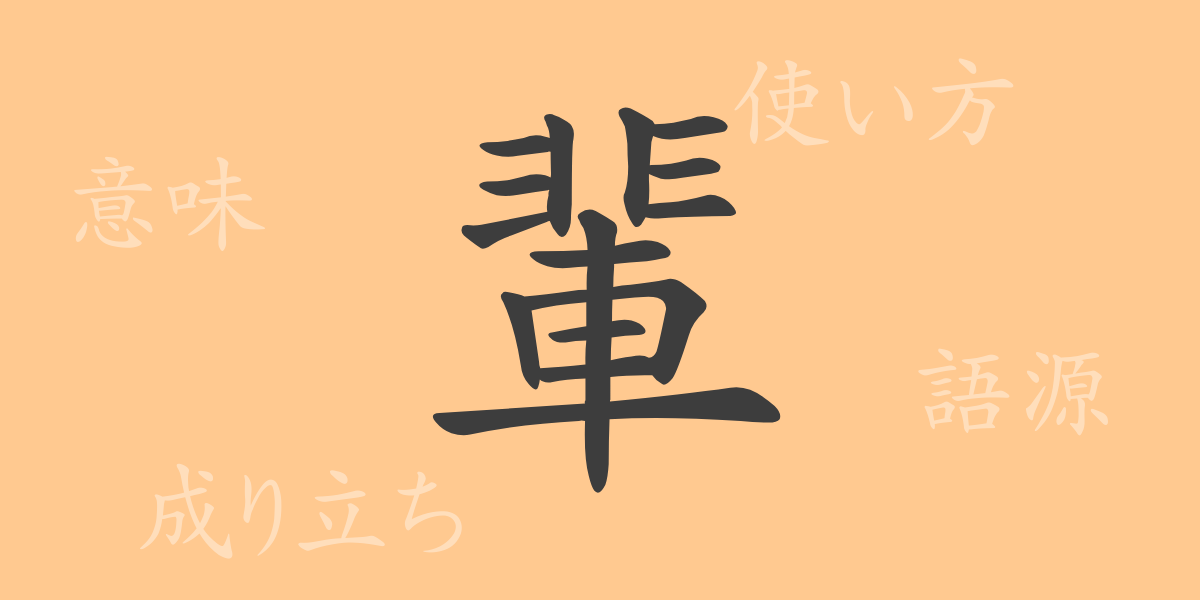Among the many intricate expressions in the Japanese language, the kanji “輩” stands out. Used widely from everyday conversation to business settings, and even classical literature, this character enriches communication. Yet, many are unfamiliar with its origins, meanings, and applications. This article delves into the kanji “輩,” exploring its history, meanings, and contemporary uses.
Origins of 輩 (はい)
The kanji “輩” traces back to ancient China. Originally, it combined the radical for “vehicle” (車) to signify a line of vehicles, evolving to mean people acting together. Over time, it came to denote people of the same group or type. This usage has persisted in many Japanese texts, maintaining its role across generations.
Meanings and Usage of 輩
In modern Japanese, “輩” refers to peers or people of the same kind. It’s often used negatively, as in “若輩者” (young and inexperienced) or “無頼の輩” (despicable individuals), but not exclusively so. It also appears in terms like “先輩” (senior) and “後輩” (junior), which reflect social or experiential hierarchies.
Readings, Stroke Count, and Radical of 輩
The character “輩” offers insights into its formation and significance:
- Readings: On-reading is “ハイ,” no kun-reading.
- Stroke Count: 16 strokes.
- Radical: 車部 (しゃへん) – related to vehicles.
Phrases and Proverbs Involving 輩
“輩” features in numerous phrases and proverbs, underscoring its versatility:
- 若輩者 (じゃくはいもの): Refers to someone young and inexperienced.
- 無頼の輩 (ぶらいのはい): Describes individuals who act against societal norms.
- 先輩 (せんぱい): Someone who joined a community or organization earlier than oneself.
- 後輩 (こうはい): The counterpart to “先輩,” referring to someone who joined later.
- 悪輩 (あくはい): A term for those who engage in nefarious activities.
These terms are useful for describing specific people or groups within the rich tapestry of Japanese language.
Conclusion on 輩
The kanji “輩” has evolved over time but continues to be used in diverse contexts, illustrating the depth of relationships and group dynamics. Understanding and utilizing the nuances of “輩” can enrich communication, offering a broader range of expression both in personal and professional interactions.

























